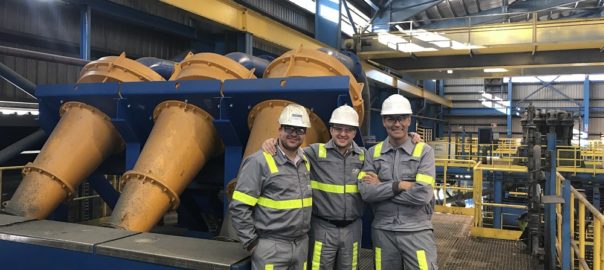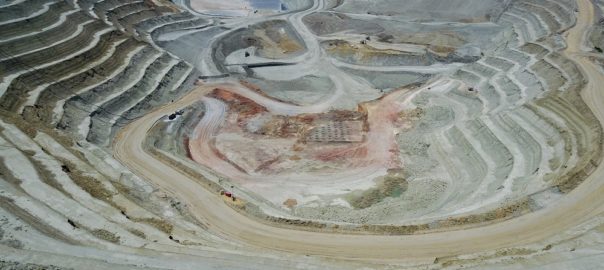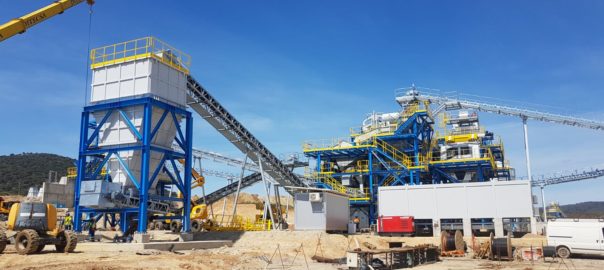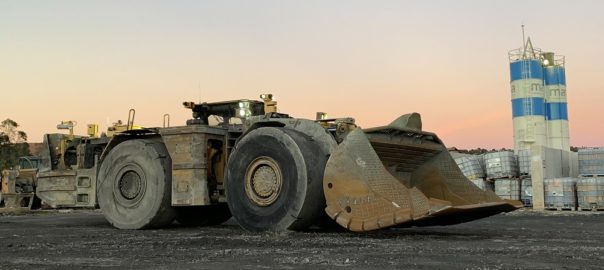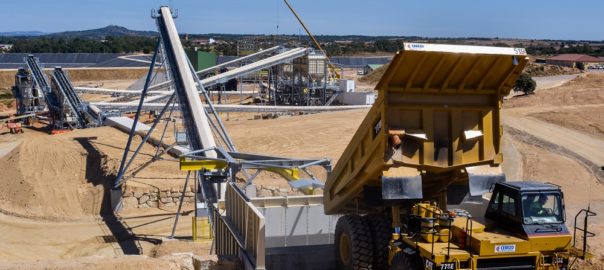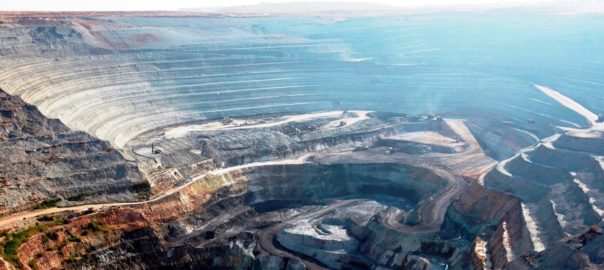Weir Minerals says the introduction of a Cavex® hydrocyclone cluster at MATSA’s processing plant, in Spain, has delivered payback in just three days.
MATSA is a modern Spanish mining company based in the north of the Iberian Pyrite Belt, a mining district that has been active for more than 2,500 years. The company, owned 50:50 by Trafigura and Mubadala Investment Company, owns and operates three mines in the province of Huelva, Spain: Aguas Teñidas and Magdalena, located in Almonaster la Real, and the Sotiel mine, in Calañas.
The processing plant, in Almonaster, recently went through a €236 million ($266 million) expansion that saw capacity go from 2.2 Mt/y to 4.4-4.7 Mt/y through the addition of a second plant. The plant now has the capacity to treat copper and polymetallic ores through three grinding lines.
Weir Minerals says it has been working with MATSA to optimise its minerals treatment plant’s primary and secondary grinding circuits.
Seda Kahraman, Regional Process Engineer Manager for Weir Minerals, said: “We have been working with MATSA for 12 years and our service team has built a solid partnership with them. We opened a service site close to MATSA and employed a full-time Service Engineer on site to provide adequate support.
“Their success is our success, and working on this particular project was both very challenging and very rewarding. They needed to increase their grinding circuit capacity from 275 t/h to 307 t/h, whilst reducing the quantity of ultrafines in the final overflow of the second hydrocyclone cluster.”
Antonio Gamiz, MATSA Plant Technical Director, said: “To maximise our plant productivity we needed a Cavex hydrocyclone cluster that was specifically designed to our application. This was achieved without an extension of the plant area and with minimal capital expenditure.”
Weir Minerals took a holistic approach to this challenge by first creating a simulation of the entire primary and secondary grinding circuit. This enabled it to visualise how the process should be running, and the most appropriate way to deliver this.
Following the simulation, the best operating conditions were calculated to support the required capacity increase and elimination of slimes, Weir said. This included the ball mills, mill liners and hydrocyclones. Using 3D laser scanner technology, the team at Weir Minerals developed a suitable layout for the equipment, including modification and steel structures.
Kahraman said:“This truly was a turnkey solution; the team had to pull together all their smarts, capabilities and tools to ensure MATSA’s grinding capacity was raised, whilst simultaneously reducing the quantity of ultrafines from their overflow. We achieved this with a range of tools and techniques including engineer design, subcontract management, and manufacturing of steel.”
To deliver the solutions MATSA required, Weir Minerals replaced the primary hydrocyclone cluster, as well as the spare parts on the secondary hydrocyclone cluster; redesigned the steel structure and walkways; installed new hydrocyclone feed pumps and piping configurations, installing and commissioning the entire project, Weir said.
The modification to the steelwork and piping, as well as the assembly of the new three-way Cavex 650CVX hydrocyclone cluster were completed in less than four days without any production interruptions, according to Weir.
Upon analysing samples from various points in the grinding circuit, it was confirmed the feed capacity had successfully increased to 300-307 t/h.
Kahraman said: “In addition to the desired increase in grinding capacity, we also improved circulating load in the primary ball mill and restored the feed pressure to the Cavex hydrocyclones to 85 kPa. We are thrilled that MATSA achieved payback in just three days due to the increase in production by 500 t/d, and achieved additional revenue of €2,751/h.”







